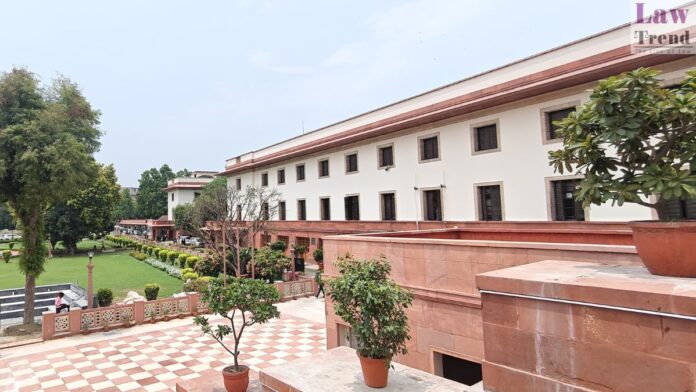The Supreme Court on Wednesday critically addressed the practicality of establishing gram nyayalayas as outlined by the 2008 Gram Nyayalayas Act, due to the existing infrastructure woes plaguing regular courts, some of which are reportedly operating out of makeshift facilities like “godowns”. The court emphasized the need for state-specific adaptations in setting up these courts.
To Read More Please Subscribe to VIP Membership for Unlimited Access to All the Articles, Download Available Copies of Judgments/Order, Acess to Central/State Bare Acts, Advertisement Free Content, Access to More than 4000 Legal Drafts( Readymade Editable Formats of Suits, Petitions, Writs, Legal Notices, Divorce Petitions, 138 Notices, Bail Applications etc.) in Hindi and English.




